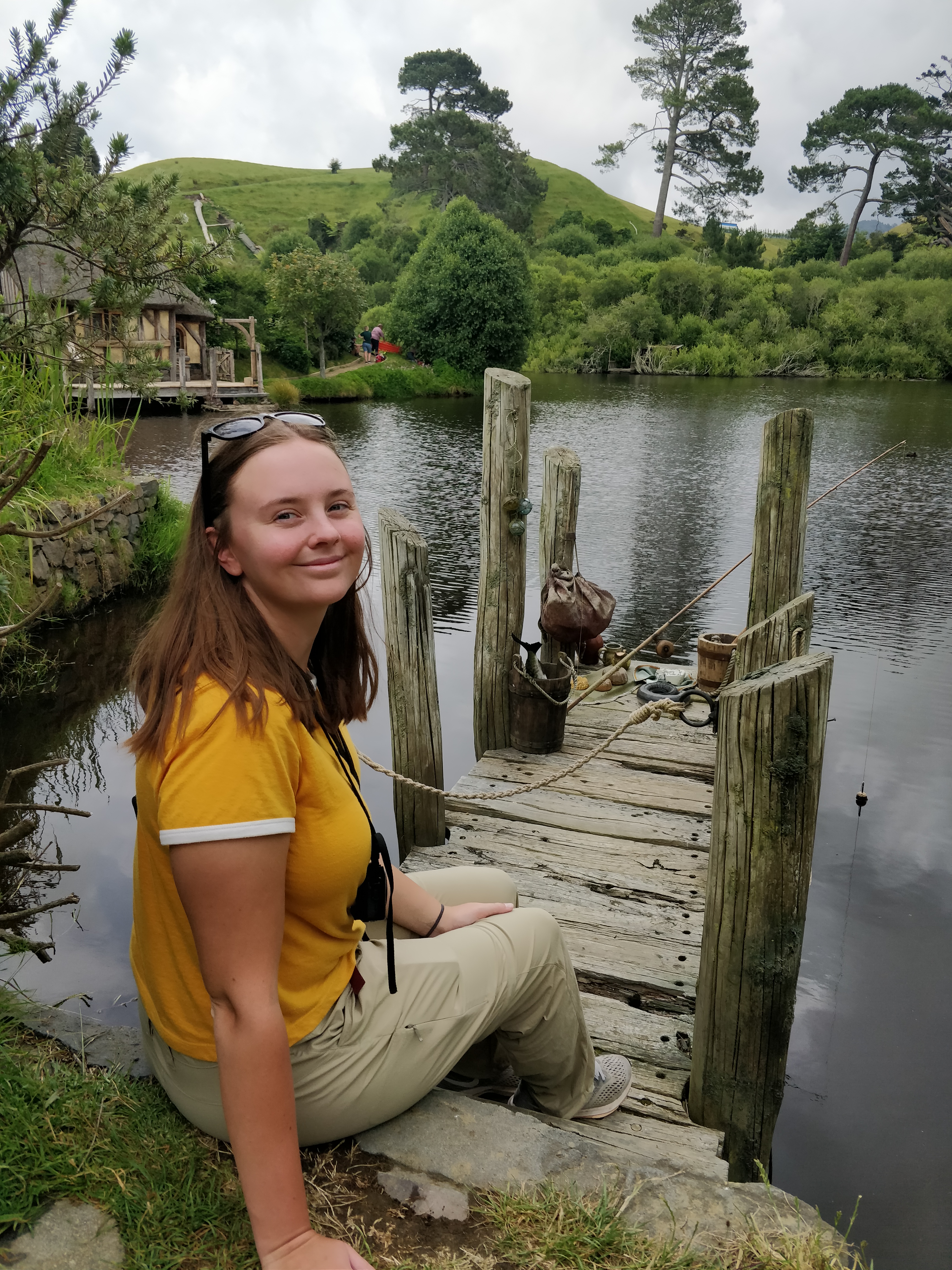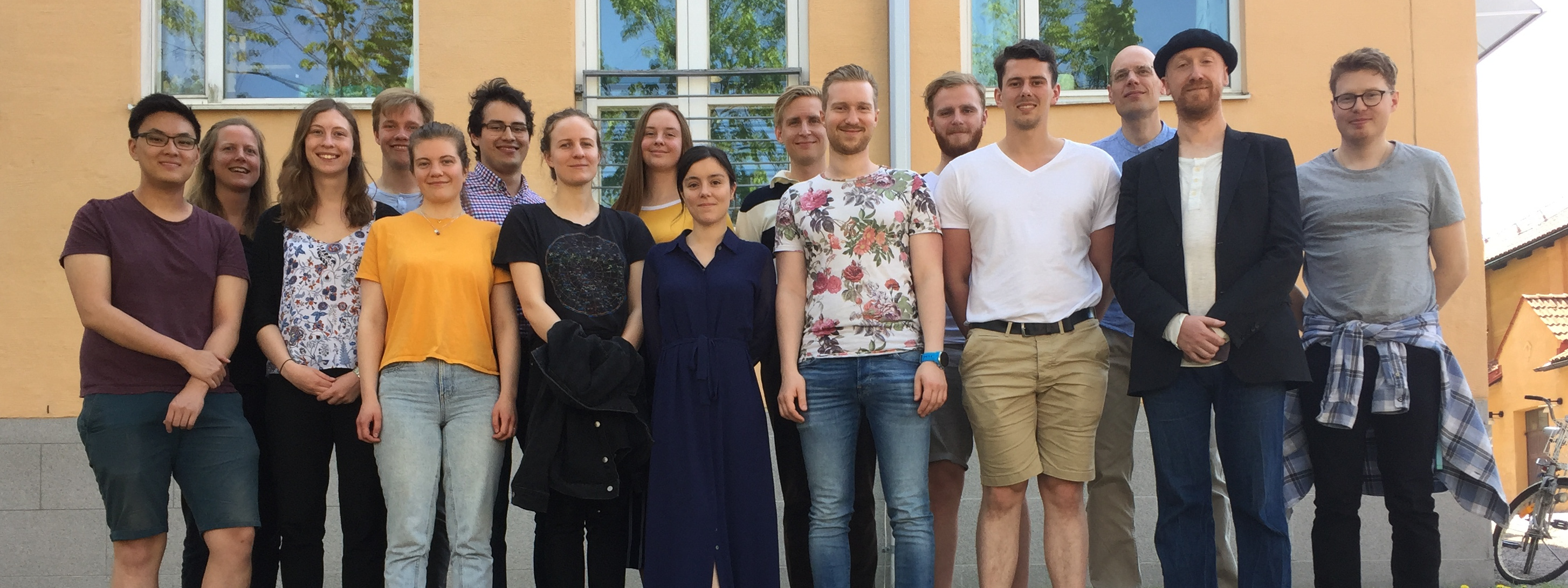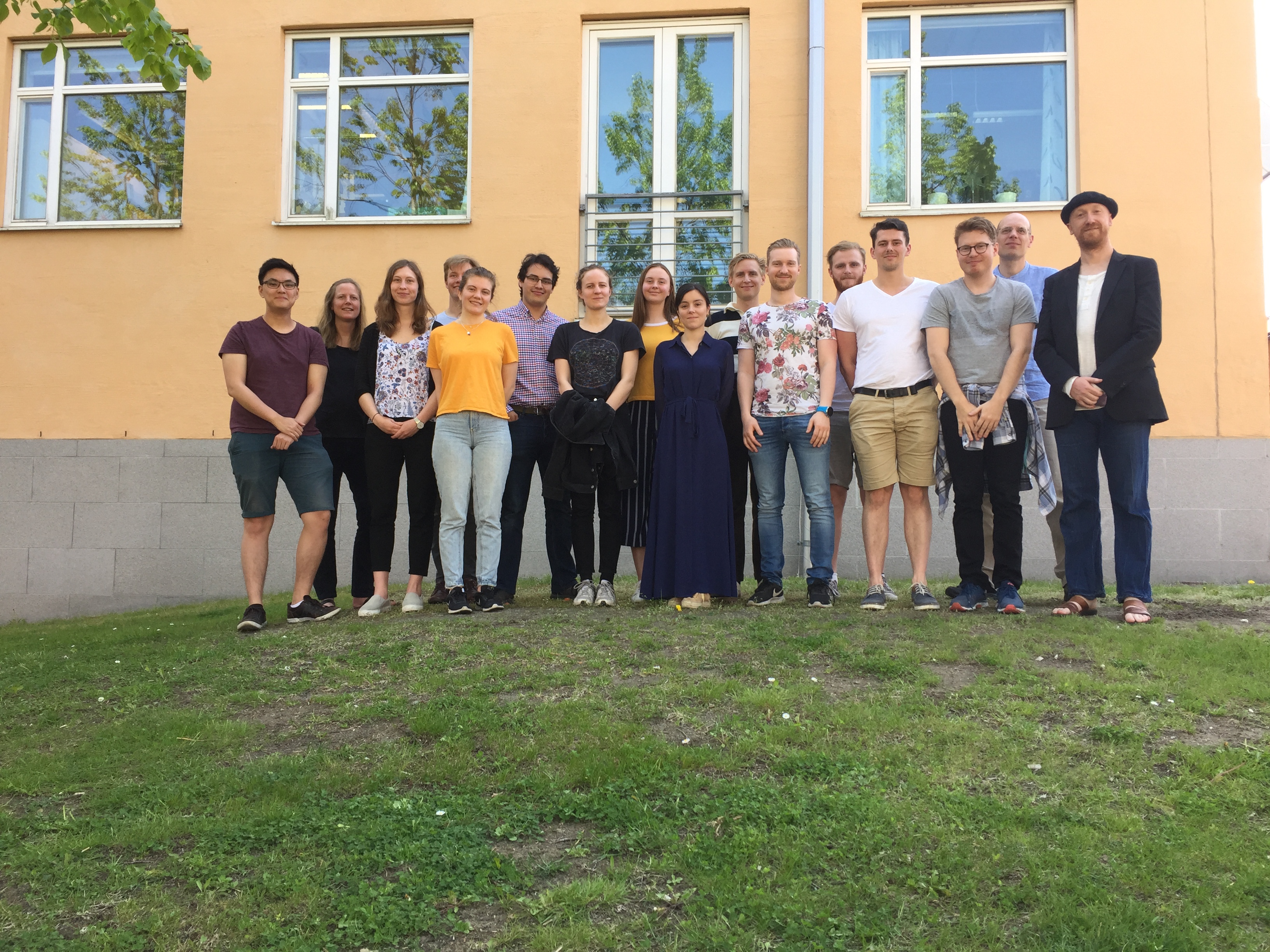We have several master-thesis and internship students working in our group this spring. Here is a small introduction!
Gustav Magnusson
I’m a master student in Physics with a hope to contribute something to the world of Systems Biology. The aim of my master thesis is to work with the Digital Twin, to put together the various models produced here at ISB to form an interface for users such as patient and researchers to test various situations and hypothesis. The goal is also to work on my own model which could be a part of the Digital Twin, perhaps with focus towards phyisical training, atherosclerosis or the immune system.

Lucas Raihle
Hi! I’m Lucas and I will be interning at ISB group during March-September. My project will revolve around making a model that can describe how diet affects the progression of NAFLD (non-alcoholic fatty liver disease). NAFLD is the most common liver disease in the world and is heavily correlated with the metabolic syndrome. Understanding the progression of NAFLD could lead to more effective forms of treatment and diagnosing. I’m happy to join this group and excited to start my project.

Johanna Hansson
Hi, my name is Johanna Hansson and I have just started an internship at ISB group. I will be working on a project to describe the disease progression of atherosclerosis to stroke and how the consequential oxygen loss affects the brain function. First, I will develop a mechanistic atherosclerosis model and later connect it with existing models of e.g. blood flow and stroke. Understanding atherosclerosis and its relationship with stroke could help predict who is at risk of having one. With that knowledge, we may be able to prevent the stroke from happening and save lives. I will work on my project for 6 months and I am excited to see the result!

Jonatan Baggman
Hi! My name is Jonatan and I’m doing my master thesis here at ISB group this spring. For my master thesis I’m looking into imputations for the Digital Twin, how to estimate the input values which are not measured directly from the patient. I will look into different methods of imputation and will compare these. Hopefully, I will be able to present how to make the Digital Twin personalized without measuring all values from the patient!










